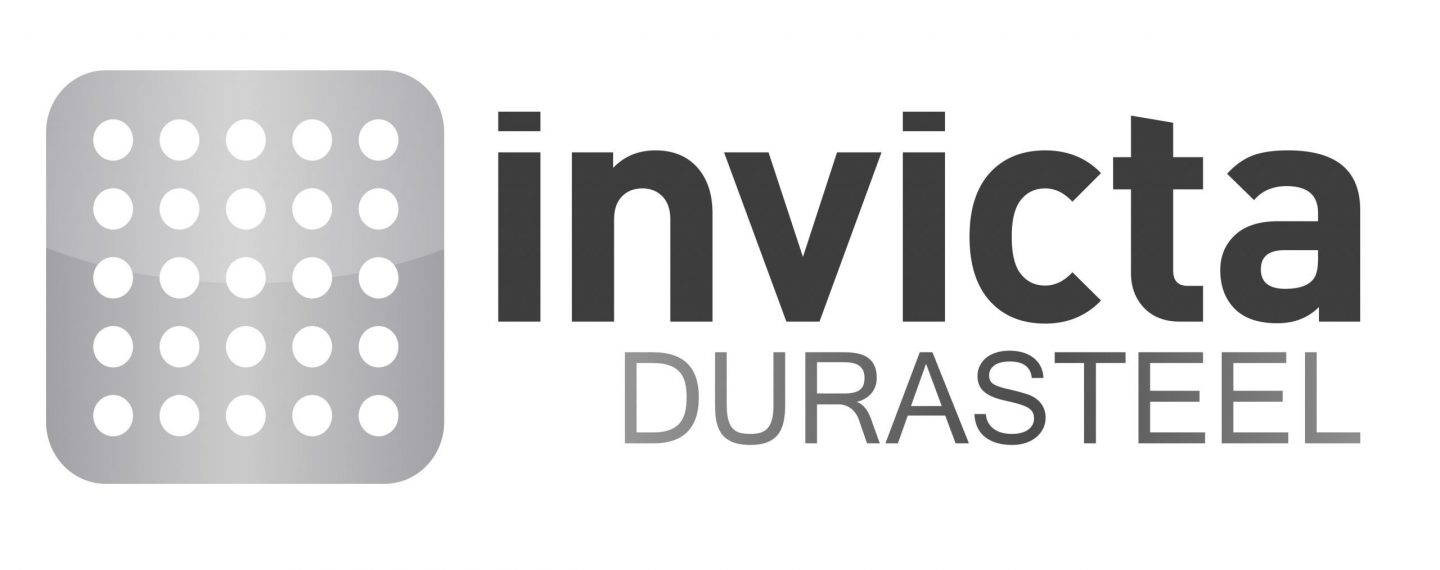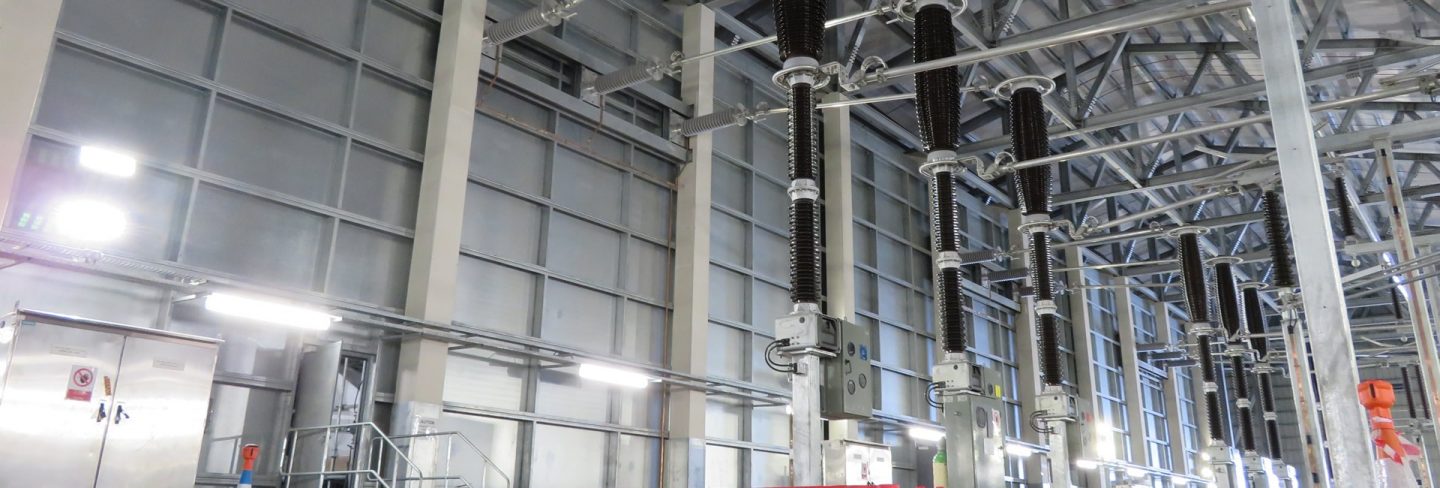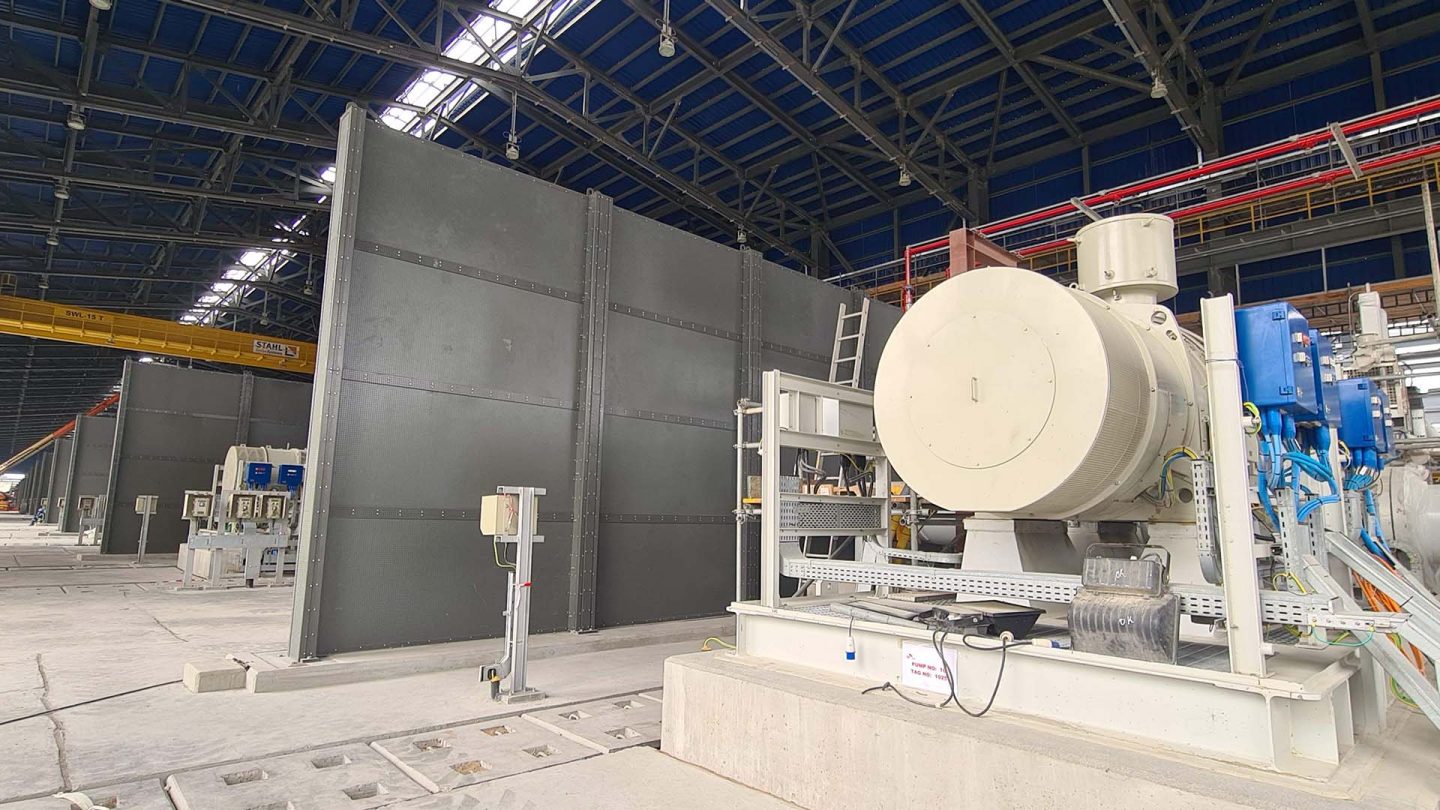For your information
You are being redirected to one of our divisional subsites which contains more detailed information on the required division. To navigate back to the main Invicta Group site, please click the link found in the footer at the bottom of the page.
- Durasteel
Discover the benefits of Durasteel
- Systems
Systems
- Expertise
Expertise
-
Applications
- Aircraft Hangar Fire Protection
- Battery Storage Facilities
- Building Fire Compartmentation
- Anti-Terrorist Blast Protection
- Cable Tunnel Fire Compartmentation
- Equipment Delivery Hatches
- Equipment Enclosures
- Heat Shields
- Power Station Fire Protection
- Metro and Rail Fire Protection
- High Voltage Cable Protection
- Substation Fire & Blast Protection
- Tunnel Fire Protection
- Oil & Gas Fire & Blast Protection
- Ventilation Systems
- Wind Farm Fire Protection
-
Applications
- Projects
- Insights
Insights
-
Articles
- Blast Protection System Design Considerations & Design Criteria
- How to Conduct a Fire Risk Assessment for Factories and Warehouses
- Minimising the Risk of Fire, Blasts & Explosions in the Middle East
- Understanding Integrity, Stability and Insulation in Passive Fire Protection
- Triangle of Fire & Active vs Passive Fire Protection
- Frequently Asked Questions
- A to Z of Terms
-
Articles
- Contact
Contact

UK +44 1843 220 256

US +1 305 328 9444

UAE +971 4 277 6225

Qatar +974 4441 4340

India +91 99 0355 9793

Malaysia +60 16 286 6225
- Start your project
Are firewalls and barriers an undervalued aspect of fire safety?
2nd June 2020
Barriers to progress
Quick Quote
Contact Fraser Shearer Sarun Vysakham Ben Tan Azim Rizvi Anand Raghavan Our USA Office
To get a quotation or arrange a free site survey - Call Fraser Shearer Sarun Vysakham Ben Tan Azim Rizvi Anand Raghavan Our USA Office on
-
 UK
UK
-
 UAE
UAE
-
 Malaysia
Malaysia
-
 India
India
-
 Qatar
Qatar
-
 USA
USA
Current location:
Quick Quote
Contact Fraser Shearer Sarun Vysakham Ben Tan Azim Rizvi Anand Raghavan Our USA Office
-
 UK
UK
-
 UAE
UAE
-
 Malaysia
Malaysia
-
 India
India
-
 Qatar
Qatar
-
 USA
USA
Current location:
Fire is a destructive and dangerous element, and the importance of fire barriers has been reiterated time and again over recent years. However, this message has become even more pressing after a number of incidents highlighted the liberties taken with passive fire protection – both in brand new buildings and extremely old ones.
The fire at Notre-Dame Cathedral appeared to have spread quickly because of a lack of firewalls or fire barriers in the ‘forest’, the dense attic space full of ancient timber. Closer to home, two developers are under investigation after it emerged that more than 3,000 new builds lacked adequate fire barriers, potentially putting residents at risk. Evidently more needs to be done to highlight the role they play in fire safety – and the damage these technologies can prevent.
Safety oversights
The fire at Notre-Dame Cathedral is an almost epochal tragedy, and one that’s still very much under investigation. While it would be wrong to attribute a cause to the fire, it is possible to explain why it took hold so quickly, and why it soon became impossible to put out. Having seemingly started in the roof structure – where repair work had been undertaken – it is likely that debris allowed the fire to develop, before the temperature was such that the ancient timber beams caught fire. Once this happened, the continuation and spread of the fire to the rest of the wooden structure and spire was inevitable.
The wooden roof and spire of the cathedral have now been completely destroyed. But given some fairly basic provisions, this needn’t have been the case. The design of Notre-Dame is notable in that it differs from English cathedrals, which have a kind of passive fire protection built in: their central towers. A stone construction in the middle of the cathedral divides the building into four segments, creating a natural fire barrier. At Notre-Dame by contrast, the wooden roof is a single construction which covers much of the top of the building, with a spire instead of a tower.
The option existed to add firewalls to the inside of the attic – fire-resistant barriers which would extend from floor to ceiling, and prevent the spread of fire between each compartment. However, the idea was nixed due to the damage it would cause to the ancient wooden beams. Despite being out of sight from the public, the history and aesthetics of the attic were deemed more important than absolute safety; instead, the authorities chose to rely on a system of alarms and manual checks to monitor and prevent fires from starting.
Cutting corners
With news of the home-building scandal breaking recently, the aspects of this case are less certain. What we do know is that between the companies Persimmon Homes and Bellway Homes, more than 3,000 new builds have been found to be lacking adequate fire protection, with most cases involving inadequate or absent fire barriers in wall cavities. Other builds by these companies have been involved in devastating fires, although it’s not clear whether inadequate fire barriers were to blame.
The most common issue cited was the poor fitting of fire barriers, with gaps between the barriers and compartments which would render them functionally useless, as fire could still pass through. The role of these fire barriers – otherwise known as cavity barriers or fire stops – is crucial, as they provide a guarantee to occupants that fire will not pass from one room to the other for a set period of time. Cavities such as inside walls have the effect of channeling fire and smoke, which can cause it to spread faster around a house and onto cladding if barriers are not in place.
The importance of these barriers can not be overstated, as a fire like the one at Grenfell Tower clearly evidences. As well as slowing the progress of fire to the exterior cladding, cavity barriers also ensure that fire and smoke do not spread quickly between flats or rooms within a larger structure. This gives people more time to escape if advised, and gives first responders more leeway to make critical decisions, fight the fire and assist the occupants.
Lessons to learn
These are clearly two very different cases – one a considered decision by safety officials, and another seemingly the result of carelessness or penny-pinching. Yet both speak to a lack of appreciation not just for the role passive fire protection plays, but also the dynamics of a fire, and how protection plays at least as much of a role as prevention. While the priority will always be to stop a fire from occurring in the first place, it isn’t always possible, and no stone should be left unturned in the bid to stop deaths and destruction.
Firewalls are a legal necessity in UK buildings of the same age and type as Notre-Dame, and for good reason. While the integrity and preservation of historic structures is important, sacrifices must be made to ensure this. While some risk is inevitable with a building as old as Notre-Dame, efforts must be made to bring them up-to-date with modern building standards. It simply isn’t good enough to say that the risk of deaths is a worthy price to pay for cutting up some beams, or removing some ornate decorations.
From Notre-Dame to our homes and high rises, the effect of skimping on firewalls, barriers and other forms of protection is the same: you lose the building, and you potentially lose lives. We owe it to people and the preservation of historical structures to bring them in line with modern standards, and that starts with proper fire protection.
Accreditations & Affiliations











SpecUp - System Specification Wizard
Answer the 5 short questions below to receive your recommended Durasteel system specifications. Hover over the ? icons for a brief explanation.
Question 1/5
Type of system required?
Question 2/5
Fire rating required?
Question 3/5
Fire integrity-only or integrity and insulation?
Question 4/5
Fire attack risk from one side or both sides of the system?
Question 5/5
Blast rating required in addition to fire rating?
Creating your results page
Thanks for completing the SpecUp, you’ll be redirected to your results shortly.
Click here if you aren't redirected after a few secondsStart your project
Tell us about your project. Please complete this form. One of our sales team will come back to you with more details. If you prefer, you can drop us an email.




Share/Like this page